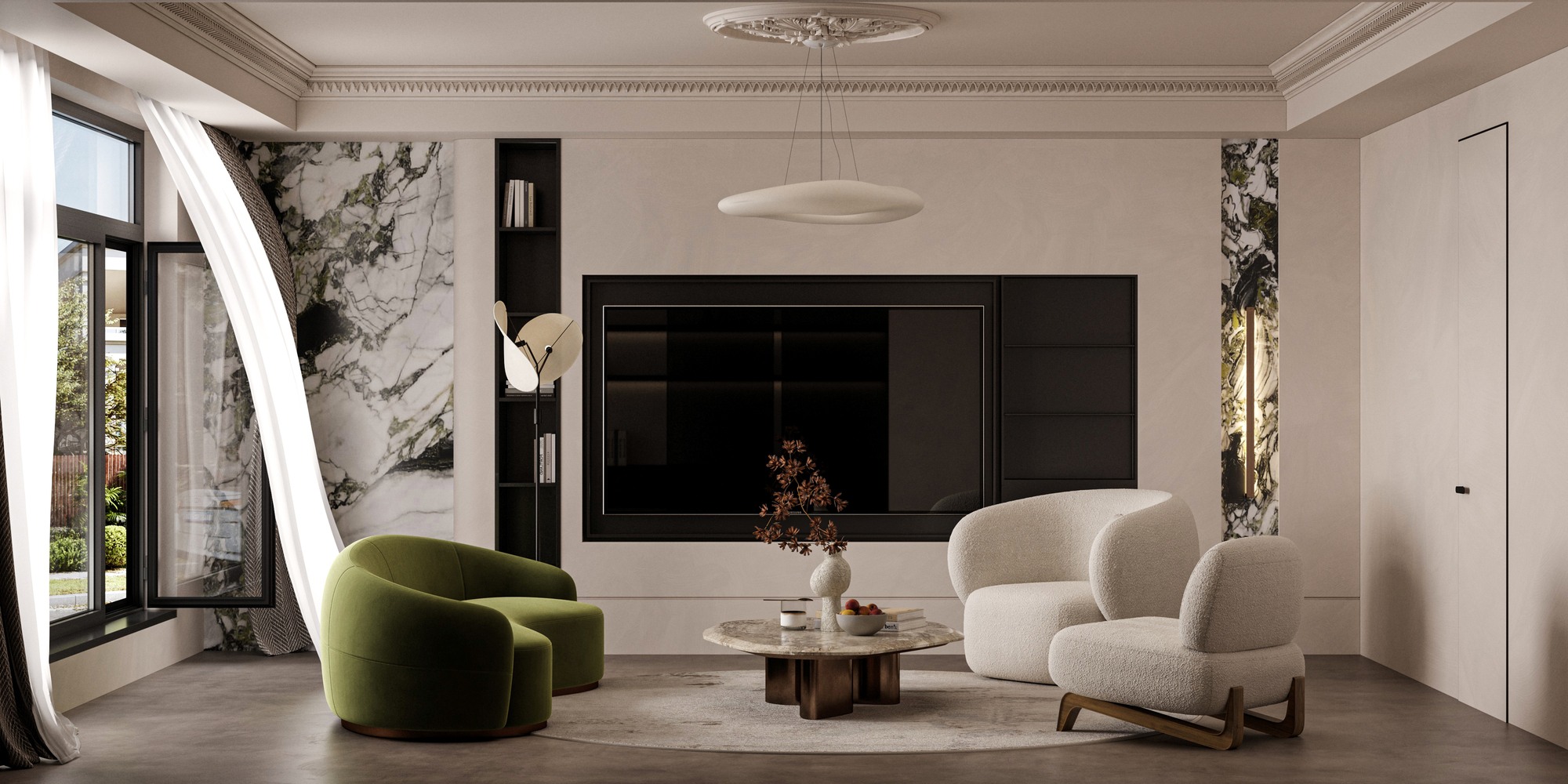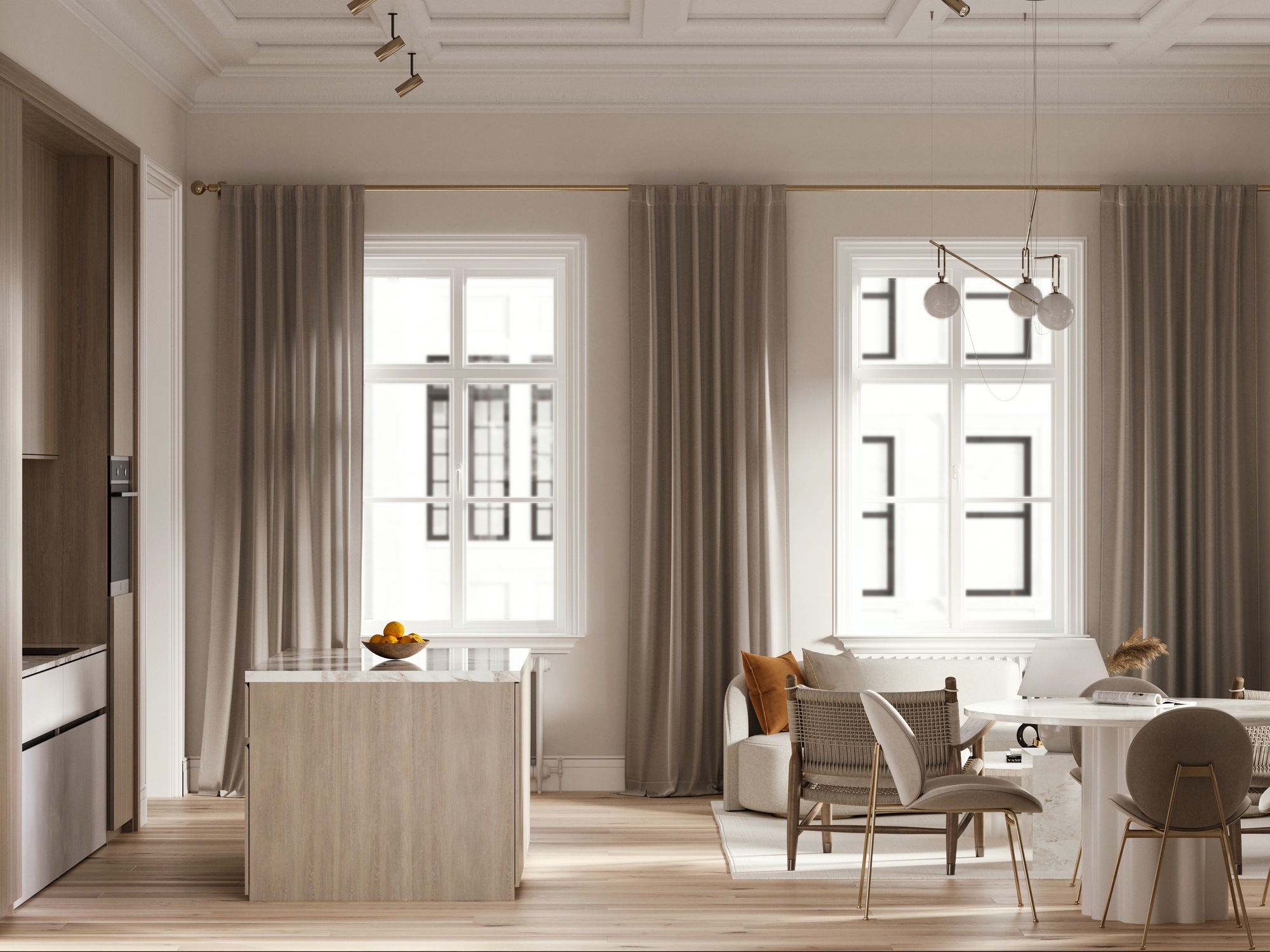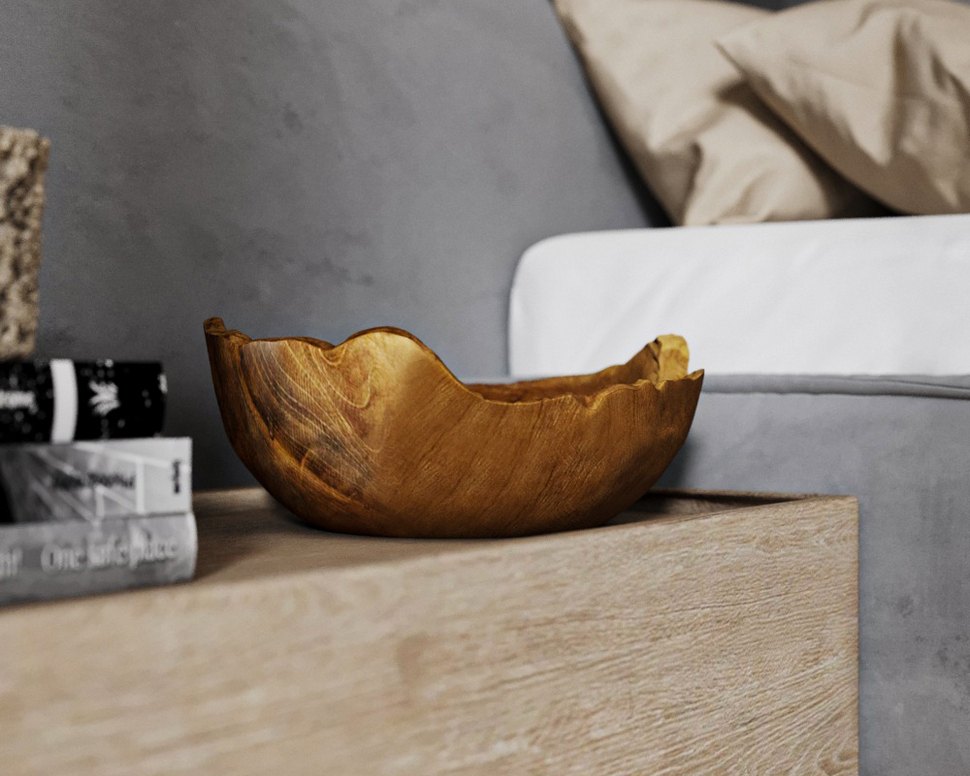The Configurator Revolution: Personalizing Products with 3D Technology
Introduction to the 3D Configurator Revolution
In an era where personalization is not just desired but expected, the emergence of 3D product configurators in the retail space marks a significant technological leap. These advanced tools are reshaping the retail landscape, offering consumers unprecedented control over their purchase of products.
Overview of 3D Configurator Technology
A 3D configurator is a sophisticated tool that allows customers to customize a product to their liking before purchase. Utilizing 3D modeling and real-time rendering, these configurators provide a dynamic and interactive user experience, enabling customers to select colors, materials, and other product features while viewing a 3D representation of their choices.
This technology enhances the shopping experience and bridges the gap between online shopping and the tangible, in-store experience. 3D configurators help mitigate the uncertainty often associated with online purchases by offering a detailed and interactive view of products.
The Mechanics of 3D Configurators
Core Technologies Behind 3D Configurators
The development of a 3D configurator begins with 3D modeling, where detailed and accurate digital representations of products are created. This process typically involves software like Autodesk Maya or Blender, which are used to construct high-fidelity 3D models. These models serve as the configurator's foundation, allowing various customization options to be visualized in real-time.
Another critical technology is real-time rendering, which enables the immediate visualization of changes as customers select different customization options. This instantaneous feedback is crucial for a satisfying user experience and is made possible by rendering engines that can process and display complex 3D models quickly and efficiently.

Image from Yousee Studio
Configurators often leverage WebGL (Web Graphics Library) technology, which allows 3D graphics to be rendered directly in a web browser without additional plugins. This ensures the configurator is accessible on various devices and platforms, providing a consistent experience across desktops, tablets, and smartphones.
Integration with E-commerce Platforms
Integrating a 3D configurator into an existing e-commerce platform is a complex task that requires careful planning and execution. The configurator must seamlessly integrate with the website's user interface, ensuring it aligns with the overall design and navigation scheme.
Moreover, the configurator must be connected to the backend systems, such as inventory management and order processing. This integration ensures that the customization options available in the configurator reflect the actual choices that can be manufactured and delivered. It also involves ensuring that the customized orders are accurately captured and processed, which can be challenging given the variety and complexity of the options available.
For many businesses, particularly smaller ones, the cost of developing and integrating a 3D configurator can be a significant barrier. The development costs can range from a few thousand to several hundred thousand dollars, depending on the complexity of the product and the level of customization offered. However, the investment can be justified by the potential increase in sales and customer satisfaction that a well-implemented configurator can bring.
Several third-party platforms have emerged in recent years, offering 3D configurator solutions that can be integrated with popular e-commerce platforms like Shopify and Magento. These solutions often come with a lower upfront cost. They can be a viable option for businesses looking to add configurator functionality to their online stores without significantly investing in custom development.
Impact on Consumer Experience and Business Operations
Integrating 3D product configurators into the retail sector has markedly transformed the consumer experience and business operations, creating a more dynamic and personalized shopping environment.
Enhancing the Online Shopping Experience
The most immediate impact of 3D configurators is on the consumer experience. These tools provide interaction and personalization that was previously unattainable in online shopping. Customers can now engage with products more meaningfully, customizing and visualizing products to match their preferences. This enhances the enjoyment of the shopping experience and empowers customers to make more informed purchasing decisions.

Image from Yousee Studio
The statistics supporting the effectiveness of 3D configurators are compelling. A report by Configura, a leading provider of 3D configuration solutions, noted that using these tools can lead to a 20% increase in sales conversions. Additionally, the engagement time on product pages with 3D configurators is significantly higher compared to pages with traditional static images, as reported by Threekit, a 3D and augmented reality (AR) software platform.
Streamlining Production and Inventory Management
On the business side, 3D configurators can streamline production and inventory management. Businesses can reduce overproduction and inventory costs by offering made-to-order products through configurators. This approach aligns with the growing demand for sustainable and environmentally responsible retail practices.
However, the customization options presented in configurators also add complexity to manufacturing and logistics. Each customization option represents a unique SKU (Stock Keeping Unit), which can be challenging to manage. Businesses must, therefore, invest in robust backend systems to handle this complexity effectively. Advanced ERP (Enterprise Resource Planning) systems and AI-driven logistics solutions are increasingly being used to efficiently manage the varied demands of customized production.
Case Studies: Success Stories in Different Industries
The use of 3D product configurators spans various industries, each demonstrating the tool’s ability to enhance customer engagement and streamline business operations.
Automotive: Building Customized Vehicles
The automotive industry has been at the forefront of adopting 3D configurators. Luxury car manufacturers like Porsche and Mercedes-Benz offer online configurators, allowing customers to customize their dream cars. From selecting paint colors to choosing interior finishes and adding optional features, these configurators provide a comprehensive and immersive experience. Porsche, for instance, reported a significant increase in customer engagement and satisfaction after introducing their online configurator, leading to a more robust online sales channel.
Furniture: Designing Personalized Living Spaces
3D configurators have revolutionized how customers shop for their homes in the furniture industry. Companies like IKEA and Wayfair allow customers to customize furniture and experiment with different fabrics, colors, and styles. This level of customization helps customers visualize how the furniture will fit and look in their space, thereby increasing confidence in their purchasing decisions. IKEA’s implementation of 3D technology in their planning tools has been a critical factor in enhancing their online customer experience, leading to increased sales and reduced returns.
Fashion: Creating Unique Apparel and Accessories
The fashion industry has also embraced 3D configurators, particularly in the luxury and sports segments. Brands like Nike and Adidas offer customers the ability to customize sneakers, select colors and materials, and even add personal messages. This personalization has increased customer engagement and fostered a deeper connection between the brand and its customers. Nike’s NIKEiD service has been particularly successful, contributing significantly to the brand’s e-commerce growth.
These case studies illustrate the diverse applications of 3D configurators across industries and their effectiveness in enhancing the customer experience and streamlining business operations. These tools are setting new standards in customer satisfaction and operational efficiency by offering a platform for personalization and interactive engagement.
Overcoming Challenges and Limitations
While 3D configurators offer significant benefits to consumers and businesses, they also present unique challenges and limitations that must be carefully managed for successful implementation.
Technical and Logistical Hurdles
The first significant challenge is the technical complexity of creating and maintaining 3D configurators. Developing a high-quality 3D configurator requires 3D modeling, software development, and user interface design expertise. This can pose a significant barrier for many companies, especially smaller ones, due to the high costs and specialized skills required. The development cost for a basic configurator can start at a few thousand dollars. Still, it can quickly escalate to tens or even hundreds of thousands for more complex products or high-end implementations.
Integrating a 3D configurator into an existing e-commerce platform can be a technical challenge. Ensuring the configurator works seamlessly across various devices and browsers and can handle high traffic without performance issues requires robust backend infrastructure and continuous technical support.
Another challenge lies in managing the increased complexity in production and inventory that comes with offering customizable products. Each customization option adds complexity to manufacturing and logistics, requiring companies to have advanced systems in place for inventory management and order fulfillment.
Balancing Customization with Scalability
One of the critical challenges for businesses using 3D configurators is balancing the desire to offer extensive customization options with the need to maintain production efficiency and scalability. Too many customization options can lead to operational inefficiencies, increased production costs, and longer lead times, impacting customer satisfaction.
Businesses need to find the right balance, offering enough customization to attract and engage customers but not so much that it becomes unmanageable or unprofitable. This often involves careful analysis of customer preferences and buying patterns to identify the most popular customization options.
Future Trends and Predictions
Advancements in AR and AI Integration
One of the most exciting developments in 3D configurators is integrating augmented reality (AR) and artificial intelligence (AI). AR technology allows customers to visualize products in their environment, enhancing the shopping experience and reducing the uncertainty associated with online purchases. For instance, IKEA’s AR app, IKEA Place, enables customers to see how furniture looks and fits in their homes, and this technology could be integrated with 3D configurators for an even more immersive experience.

Image from Yousee Studio
AI, on the other hand, can be used to personalize the shopping experience. By analyzing customer data, AI algorithms can suggest customization options based on individual preferences and previous purchases, making the configurator experience more intuitive and efficient.
The Growing Demand for Personalized Products
The trend towards personalization in retail is only expected to grow. As consumers continue to seek products that reflect their individuality and lifestyle, the demand for personalized products will increase. This shift in consumer behavior presents a significant opportunity for businesses to differentiate themselves in a competitive market.
Furthermore, as the technology behind 3D configurators becomes more advanced and cost-effective, more businesses, including smaller retailers, will likely be able to adopt this technology. This democratization of 3D configurator technology will enable a broader range of companies to offer personalized products, further driving the trend toward customization in retail.
Contact us at YouSee Studio for captivating 3D renderings and immersive virtual experiences.
Ray Lisbon is a content writer and the author of this article.



